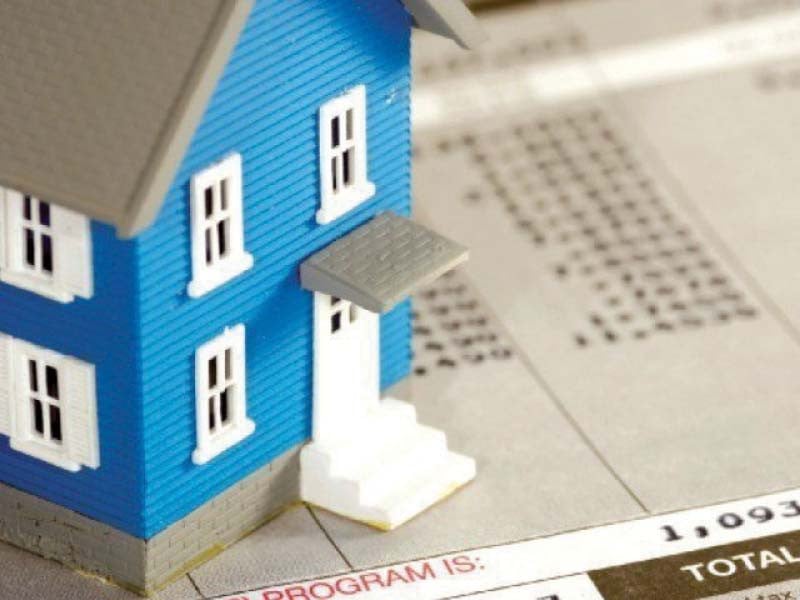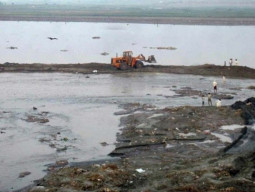
Pakistan’s flagship housing and construction project, aimed at enabling people belonging to the lower and middle-income groups to own a house through subsidised financing, has started taking off after the government identified construction and allied industries as engines of growth.
Banks have so far approved subsidised government loans for 2,160 applicants belonging to the lower and middle-income groups.
This translates into 15.5% of the 14,000 housing loan applications approved in the past one year. Banks have received 36,000 applications during this period.
“Banks have received applications for subsidised loans worth Rs124 billion,” State Bank of Pakistan (SBP) Governor Reza Baqir said on Tuesday while unveiling the monetary policy statement (MPS) for the next two months.
“They have approved loans of Rs45 billion for the purchase or construction of houses by people belonging to the lower and middle-income groups and have disbursed Rs5.8 billion in this regard so far.”
Banks extended total financing of Rs259 billion for subsidised and unsubsidised loans in the previous fiscal year ended June 30, 2021, a substantial growth of 75% in housing and construction financing compared to FY20.
Earlier, the government announced that it would offer subsidised housing finance of up to Rs6 million at a mark-up of 3-5% for loans having a value of less than Rs3 million and 5-7% for loans in the range of Rs3-6 million, it was learnt.
The number of people who owned a house on subsidised bank financing “stood at zero a few months ago,” Baqir said.
“An initiative such as this to support people who cannot afford to own a house has never been introduced in Pakistan’s history,” he said. “The monthly installment (of repayment of loans to banks) is almost equivalent to the monthly rent of a house.”
The subsidised loan is available to all Pakistanis. This is not only for the salaried class, but also for the people employed in the informal sector of the economy.
“For the first time (in history), banks are implementing the informal income assessment model to disburse loans, meaning that if the applicants do not have monthly pay slips (as a required document), they may avail loans by showing utility (power or phone) bills, which are paid on time,” he said.
The paid utility bills would give an idea of applicant’s income and expenditure levels and the bank can decide the amount of loans to be extended to the candidate.
“The housing and construction loans will support economic growth of the country,” the SBP governor said. “Simultaneously, the subsidised housing finance scheme will transfer the benefits of higher economic growth to the people sitting at the bottom of the pyramid in the formal and informal sectors.”
The government of Pakistan has launched its flagship project to promote the housing and construction sector.
“One of the basic reasons behind the launch of the project is that the construction sector generates a large number of job opportunities for daily-wage earners,” he said.
While the scheme was on the cards, the SBP was tasked to direct commercial banks and other financial institutions to enhance subsidised mortgage and housing finance.
“Borrowing under housing finance has gained pace ... the increase is mainly driven by SBP’s measures to promote housing and construction of buildings,” the central bank said in a recent report.
“In particular, the SBP has assigned mandatory targets to banks in order to increase their housing and construction finance portfolios to at least 5% (or about Rs330 billion) of their credit by end-December 2021.”
“So far (as of end-March 2021), the overall target has been achieved, as reflected by a persistent increase in the banks’ housing and finance portfolio.”
Published in The Express Tribune, July 29th, 2021.
Like Business on Facebook, follow @TribuneBiz on Twitter to stay informed and join in the conversation.



1730464111-0/raygun-(1)1730464111-0-165x106.webp)
1730967569-0/BeFunky-collage-(28)1730967569-0-165x106.webp)
1730967164-0/trump-(21)1730967164-0-165x106.webp)


1730963708-0/Express-Tribune-Web-(27)1730963708-0-270x192.webp)













COMMENTS (5)
Comments are moderated and generally will be posted if they are on-topic and not abusive.
For more information, please see our Comments FAQ